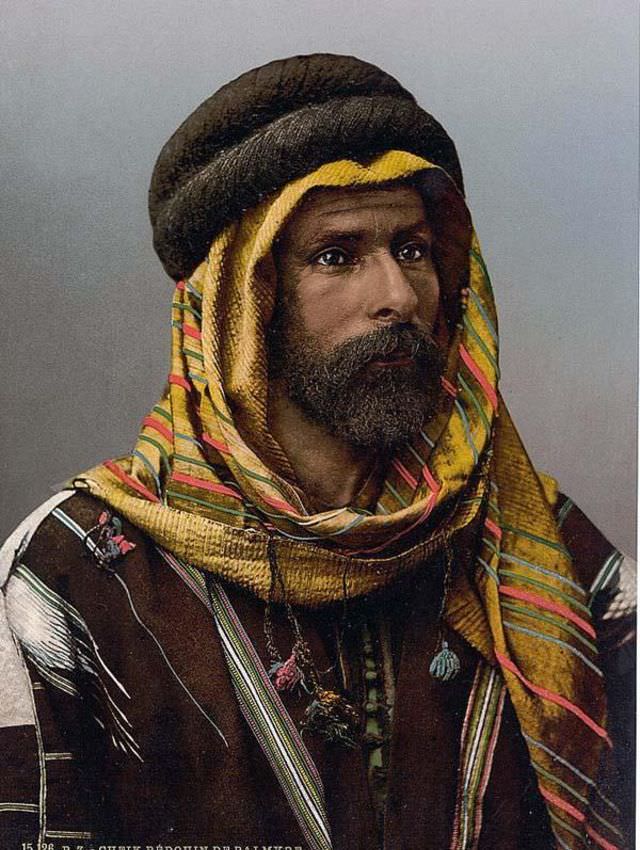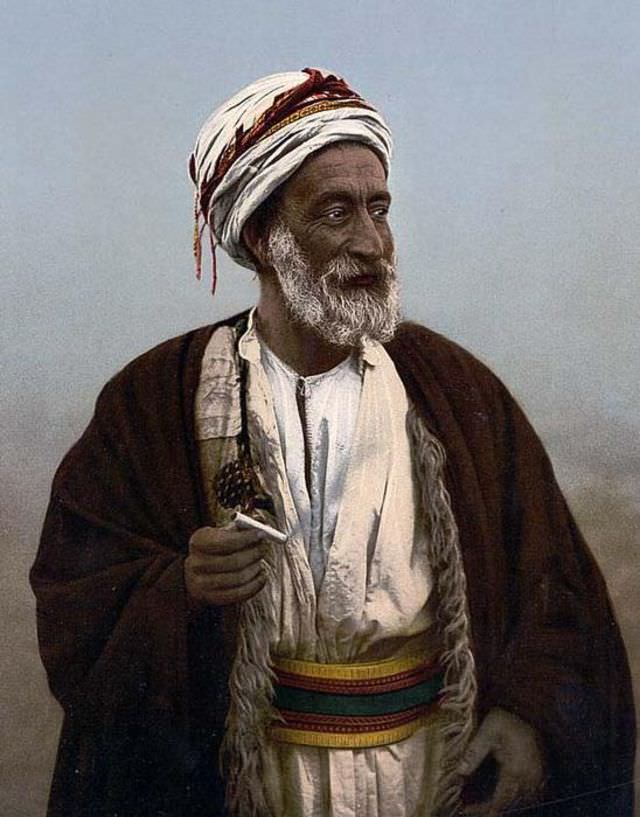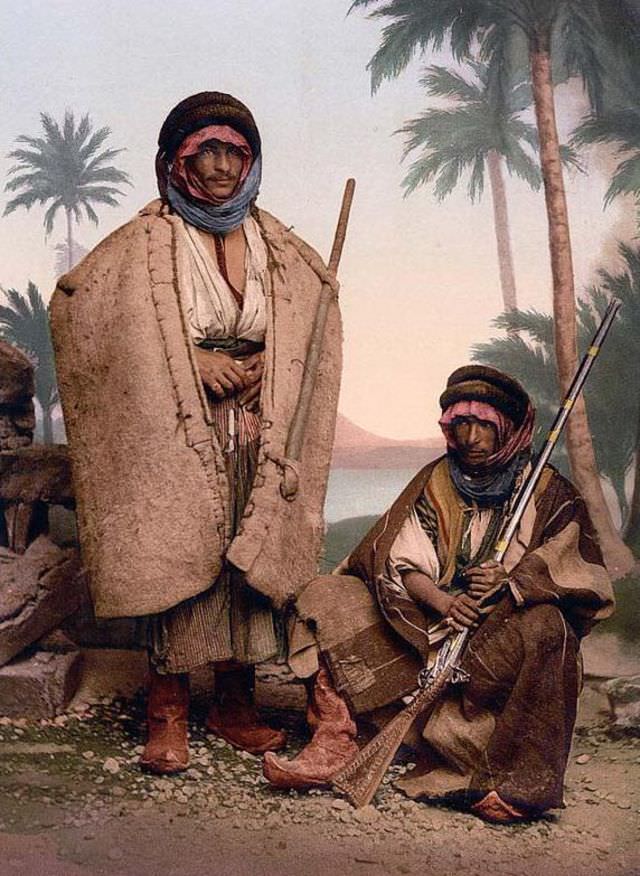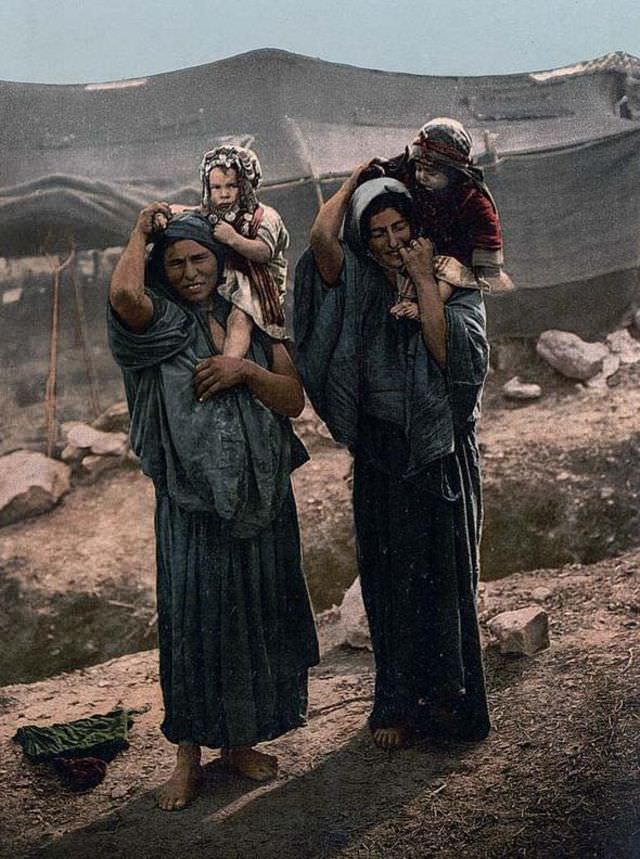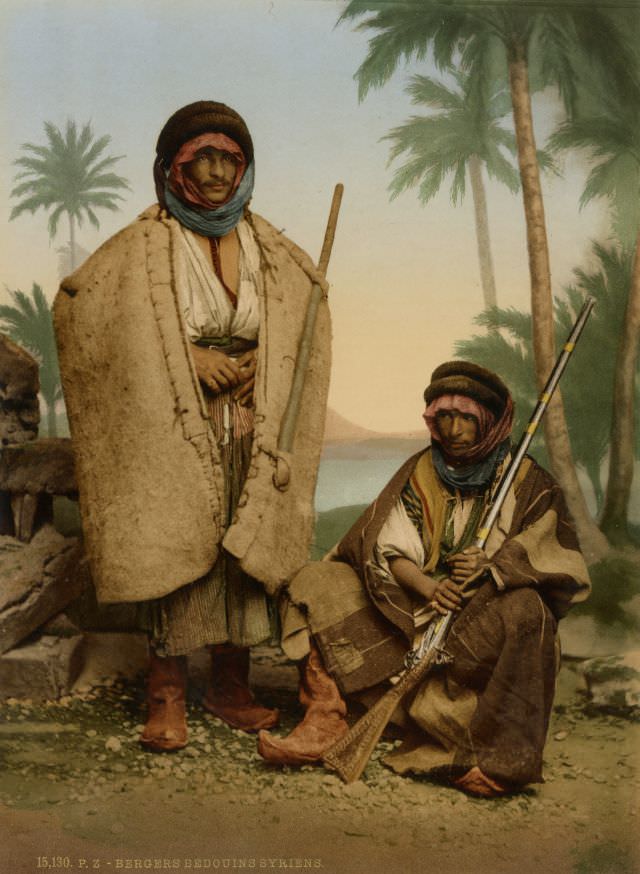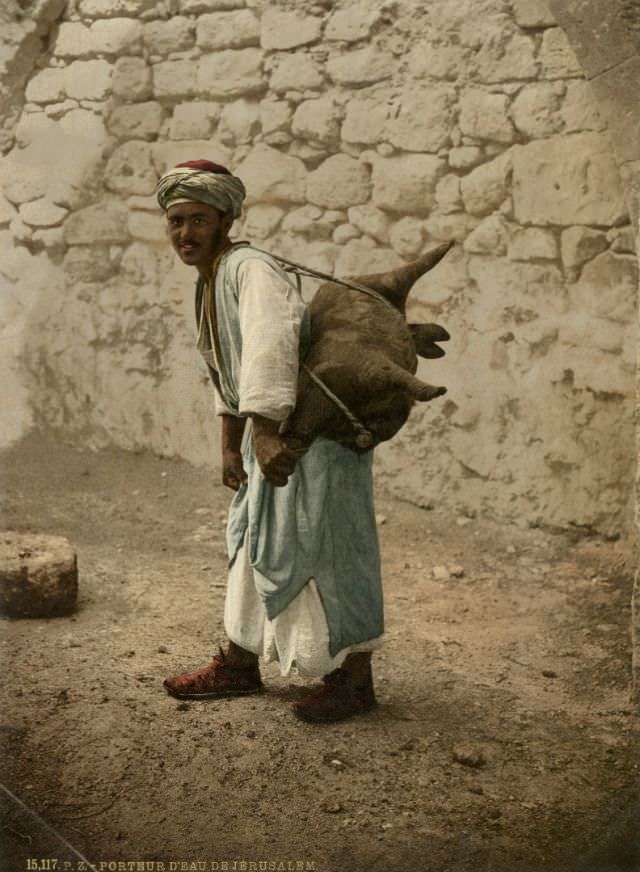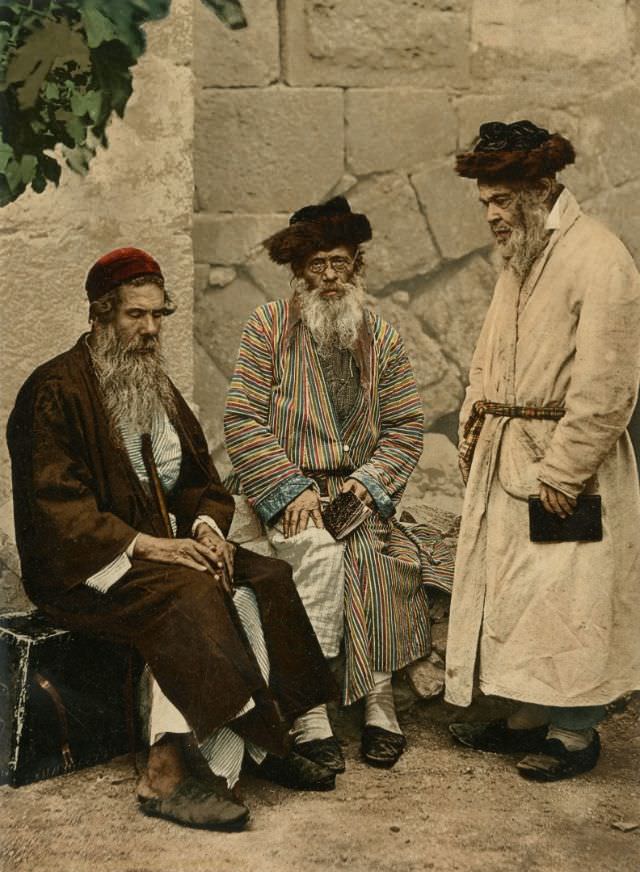The Bedouin, nomadic Arab people, have roamed the deserts of the Middle East and North Africa for centuries. Their way of life, deeply intertwined with the harsh yet beautiful desert landscape, is a testament to human resilience and adaptability. Let’s journey back to the late 19th century and explore the lives of these remarkable people.
The Desert Nomads
Picture this: a vast expanse of sand dunes stretching as far as the eye can see. Under a scorching sun, a caravan of camels lumbers across the landscape. These are the Bedouin, their lives dictated by the rhythm of the seasons and the availability of grazing land for their livestock. They’re not just wanderers; they’re skilled navigators, relying on the stars, wind patterns, and even the subtle shifts in the sand to guide their way.
Their homes are not permanent structures, but portable tents made of woven goat hair, easily disassembled and packed onto camels for their next journey. These tents, known as “beit al-shar,” provide shelter from the sun and sandstorms, as well as a place for communal gatherings and storytelling..
Read more
Survival in the Desert
Life in the desert is not easy. Water is scarce, and temperatures can soar to unbearable levels during the day and plummet at night. Yet, the Bedouin have mastered the art of survival. They know where to find hidden oases and how to collect rainwater. They’ve developed ingenious methods for preserving food and water, ensuring their sustenance during long journeys.
Their diet is simple yet nourishing, consisting mainly of dates, milk, and meat from their livestock. They’re skilled hunters, tracking gazelle and other desert animals. Their knowledge of medicinal plants is extensive, passed down through generations, allowing them to treat various ailments.
Traditions and Values
Their traditions and values are deeply rooted in their history and their connection to the land. Hospitality is paramount, with strangers welcomed into their tents and offered food and shelter.
Their oral tradition is vibrant, with stories, poems, and songs passed down through generations. These tales often revolve around their ancestors, their travels, and their encounters with the natural world. Music and dance are also integral to their culture, with rhythmic drumming and chanting accompanying celebrations and rituals.
Challenges and Changes
The late 19th century was a time of change for the Bedouin. The encroachment of European powers and the rise of modern nation-states brought new challenges. Their traditional grazing lands were increasingly restricted, and their nomadic lifestyle was viewed with suspicion by some authorities.
Despite these challenges, the Bedouin persevered. They adapted to the changing circumstances, finding new ways to sustain their livelihoods and preserve their cultural identity.


